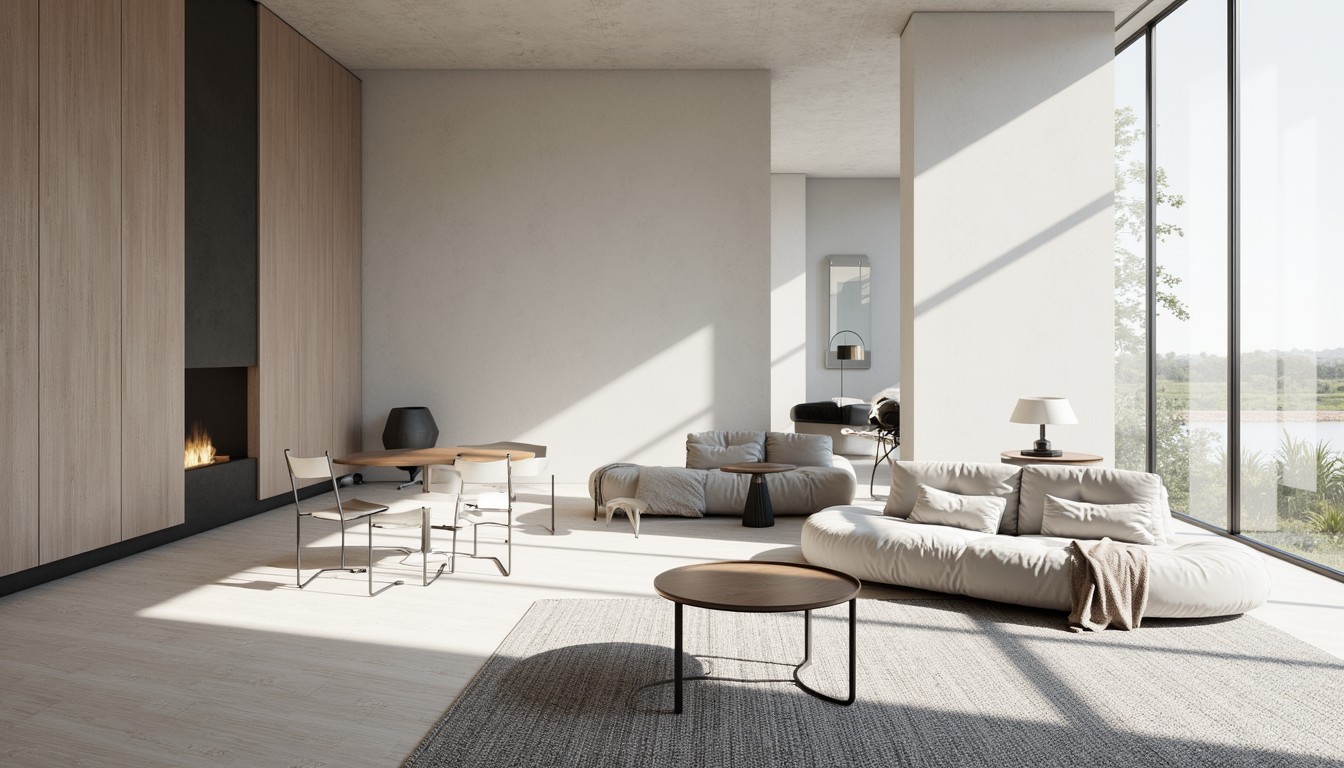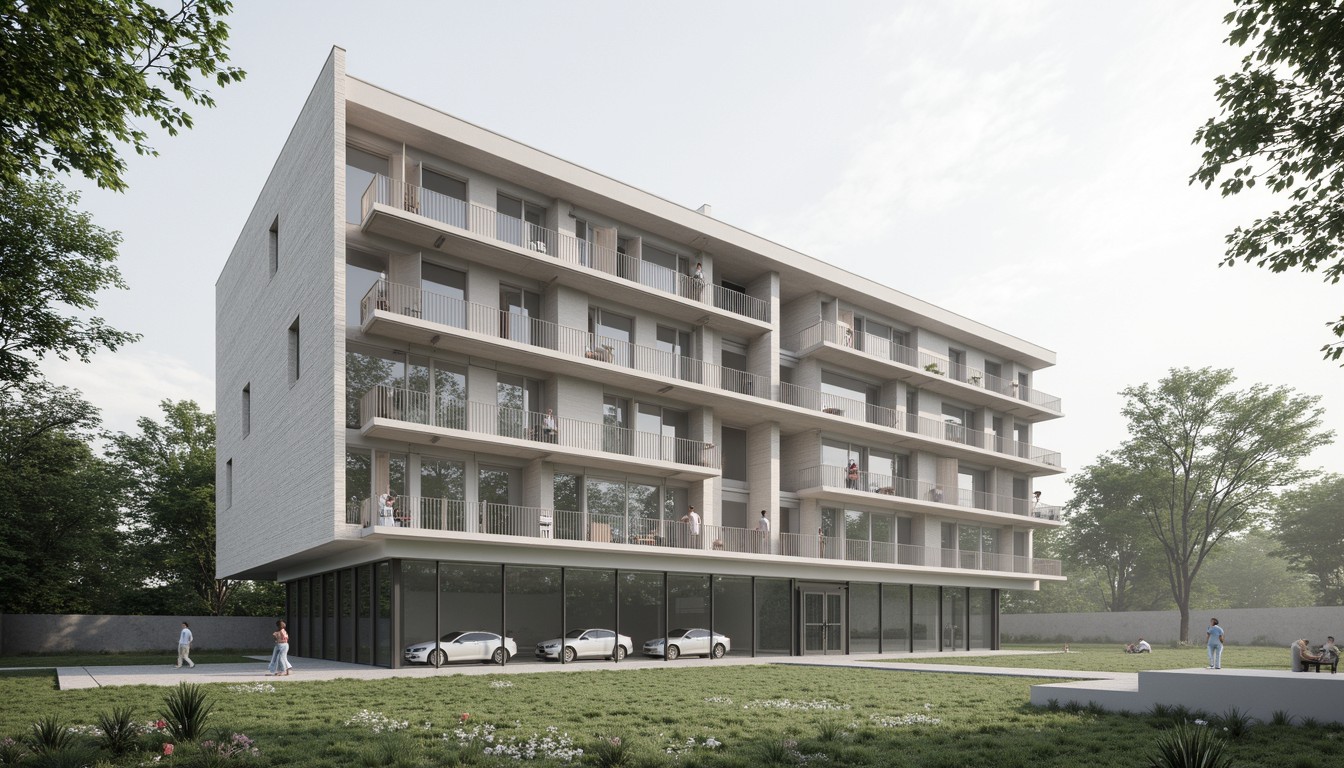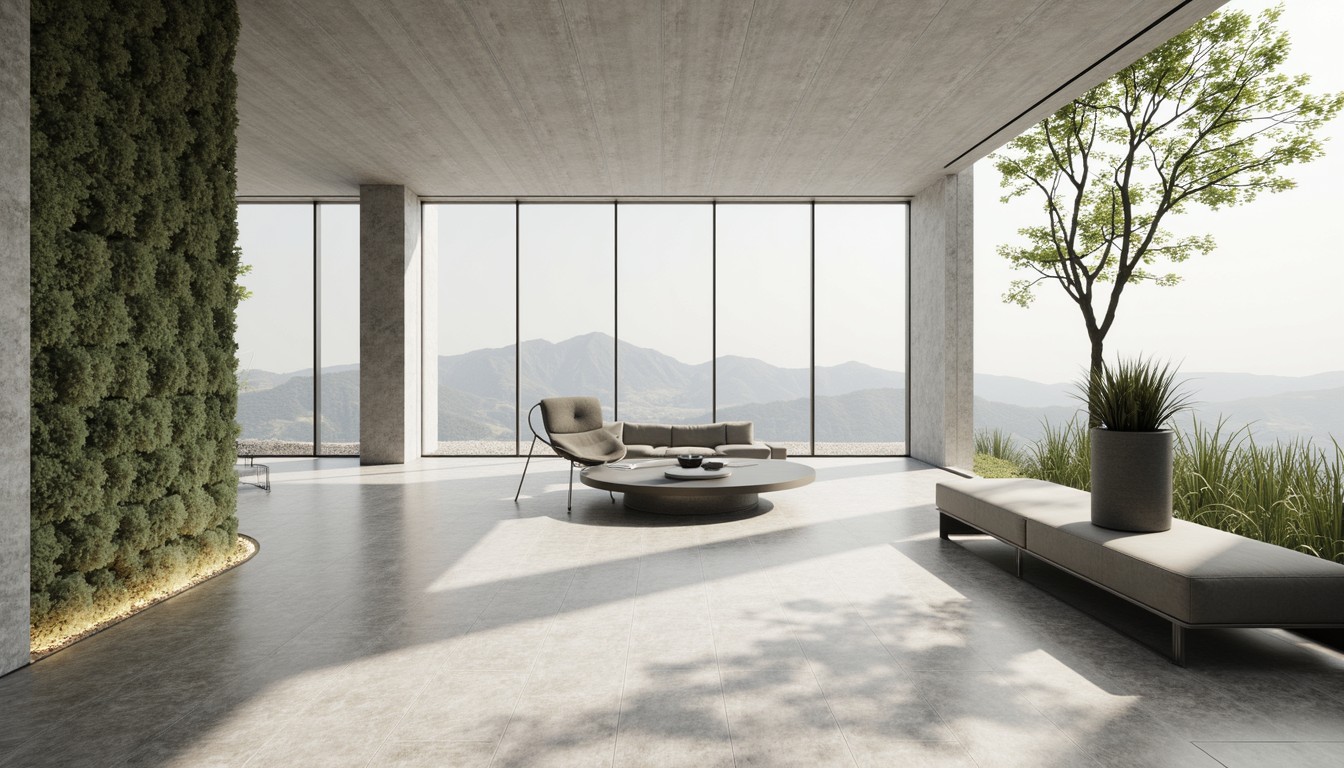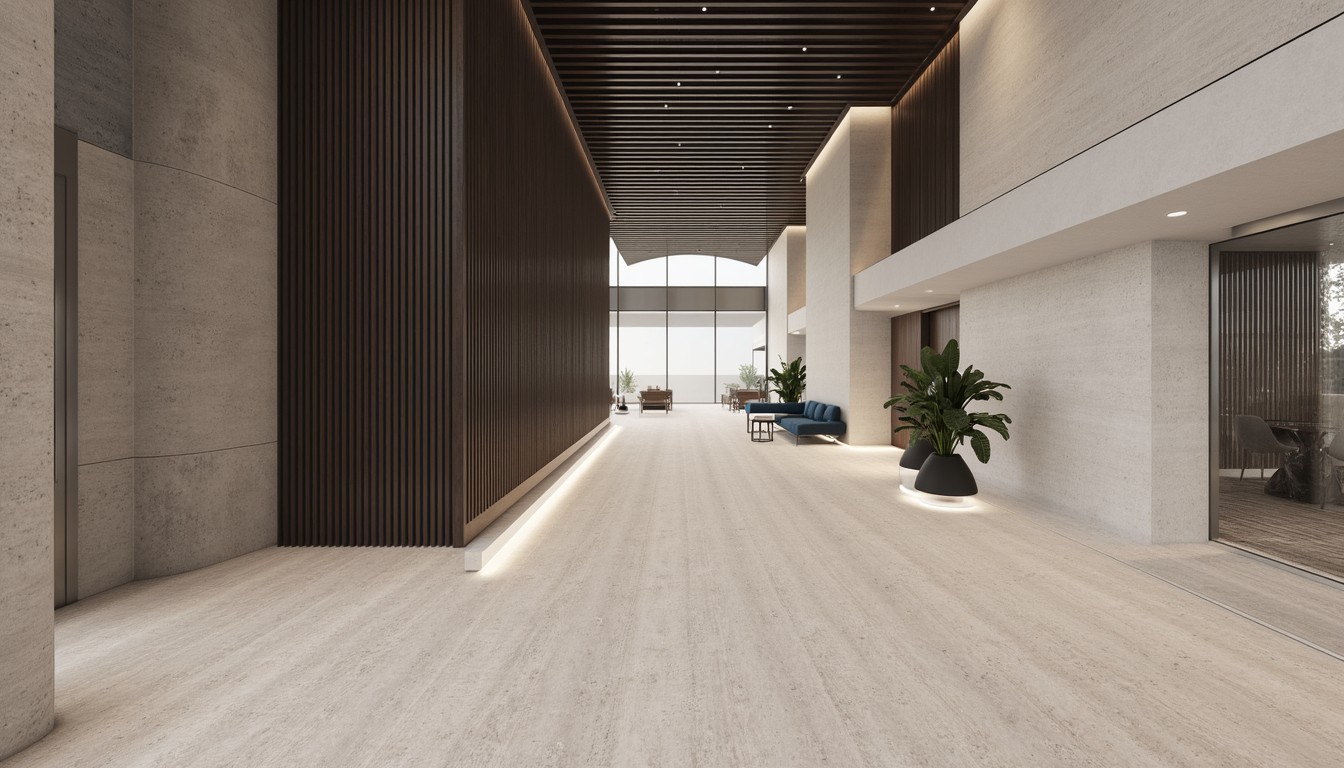VR in Architecture: Designing Tomorrow's Spaces
The architectural landscape is undergoing a dramatic transformation, fueled by technological advancements that are redefining how we design, visualize, and experience built environments. At the forefront of this revolution is Virtual Reality (VR), a powerful tool that's rapidly changing the way architects approach their work. ArchNav, a leader in architectural visualization, is harnessing the potential of VR to deliver unparalleled design experiences.
Immersive Design Experiences: Beyond Static Renderings

Traditional architectural presentations, relying heavily on 2D drawings and static renderings, often fail to fully convey the scale, spatial relationships, and overall ambiance of a design. VR offers a radical departure from this limitation. By creating fully immersive 3D environments, architects can place clients and stakeholders directly within their designs. This allows for a far more intuitive and engaging understanding of the proposed space. Imagine walking through a virtual building before a single brick is laid – experiencing the natural light, feeling the scale of rooms, and appreciating the flow of spaces. This level of immersion fosters better communication and significantly reduces the risk of misunderstandings during the design process.
Enhanced Client Collaboration and Feedback
Client collaboration is crucial in architecture. However, traditional methods often involve lengthy back-and-forth communication, potentially leading to delays and misunderstandings. VR drastically streamlines this process. Architects can host virtual meetings with clients, allowing them to experience the design firsthand and provide immediate feedback. This interactive approach promotes a more collaborative design process, leading to more informed decisions and ultimately, a more successful project. The ability to make real-time adjustments based on client feedback, directly within the VR environment, significantly accelerates the design cycle.
Early Problem Detection and Design Optimization

VR isn't just about visualization; it's about problem-solving. By immersing themselves in the virtual environment, architects can identify potential design flaws and inefficiencies early on in the process. Issues with spatial flow, lighting, or accessibility that might be overlooked in 2D plans become immediately apparent in VR. This proactive approach allows for more effective design optimization, reducing the need for costly revisions later in the construction phase. For instance, detecting awkward circulation patterns or inadequate natural light penetration in the virtual world saves time and money during the actual construction process.
Real-World Applications of VR in Architecture
The applications of VR in architecture are vast and ever-expanding. Here are some notable examples:
- Residential Design: VR allows clients to experience their future homes before construction, making informed decisions about layouts, finishes, and features.
- Commercial Projects: Architects can showcase the potential of office spaces, retail environments, or hospitality venues to investors and potential tenants, enhancing their understanding and securing buy-in.
- Urban Planning: VR can be used to simulate urban development projects, allowing stakeholders to visualize the impact of new buildings or infrastructure on the surrounding environment.
- Historic Preservation: Architects can use VR to create virtual tours of historic sites, enabling researchers and the public to explore these spaces without causing physical damage.
- Interior Design: VR provides a powerful tool for visualizing interior spaces, allowing clients to experiment with different furniture arrangements, color schemes, and lighting options.
The ArchNav Advantage: Leading the VR Revolution in Architecture

ArchNav is at the forefront of integrating VR into architectural workflows. We leverage cutting-edge technology and experienced professionals to create immersive VR experiences that are not only visually stunning but also functionally informative. Our team understands the nuances of architectural design and leverages VR to enhance every stage of the process, from initial concept to final walkthrough. We provide our clients with a competitive edge by providing them with a powerful tool to communicate their vision effectively, engage clients meaningfully, and optimize their designs for maximum impact.
Conclusion: Embracing the Future of Architectural Design
VR is no longer a futuristic concept; it's a powerful tool shaping the present of architectural design. By embracing VR technology, architects can enhance their design processes, improve client communication, and deliver exceptional results. ArchNav is committed to leading this revolution, providing architects with the tools and expertise they need to design tomorrow's spaces, today. Contact us to learn how we can help you leverage the power of VR to transform your architectural practice.
